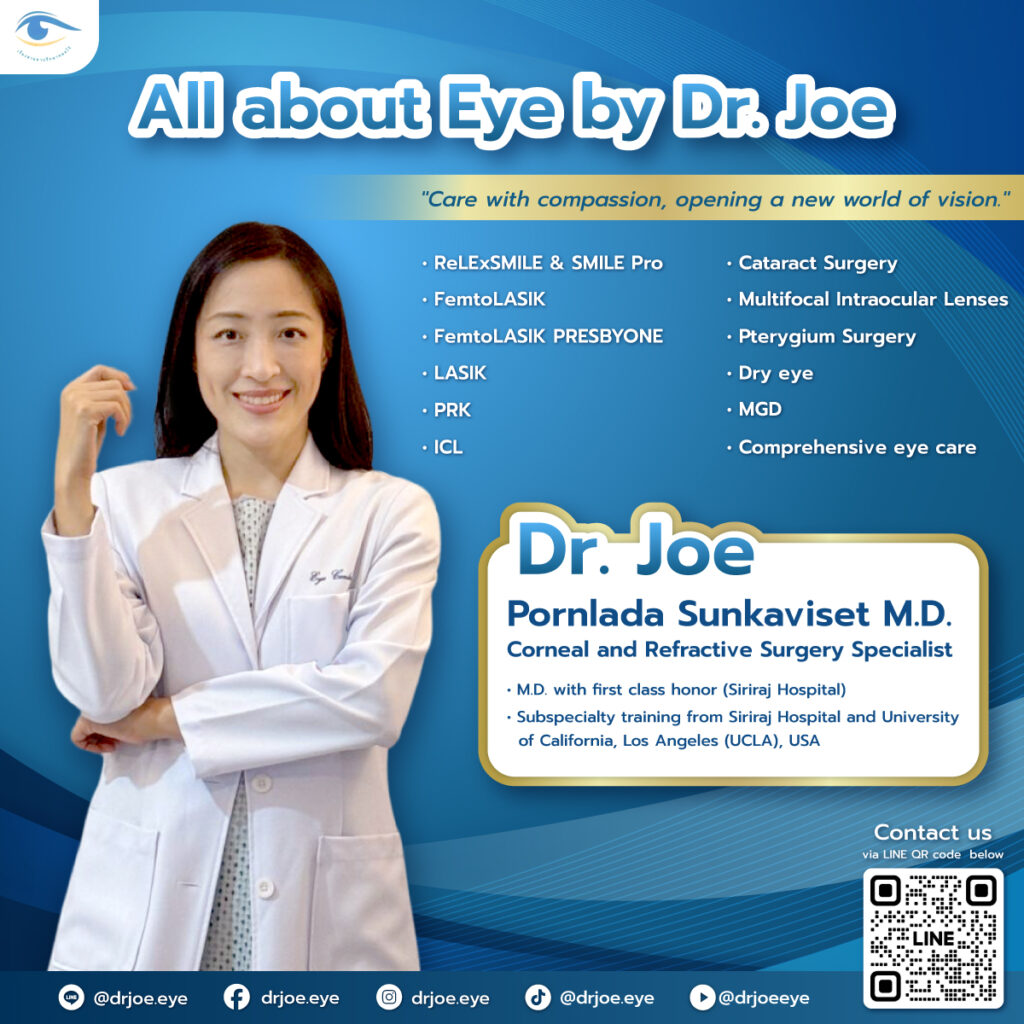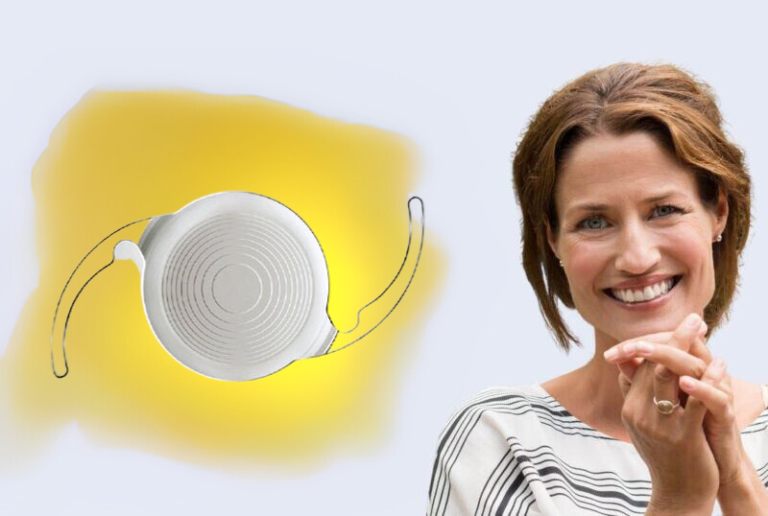
LASIK is one of the most popular vision correction options for individuals with myopia, hyperopia, astigmatism, or presbyopia. This procedure helps you achieve clear vision without the need for glasses or contact lenses. LASIK involves reshaping the cornea using a laser, allowing light to enter the eye correctly for improved vision. Today, there are several LASIK techniques available, each with its own unique benefits and suitability. This article will guide you through the most commonly used LASIK methods, helping you determine the best approach for your specific needs.

Types of LASIK Procedures
- Conventional LASIK เConventional LASIK is a long-standing method where a small blade (Microkeratome) is used to create a thin corneal flap. The laser then reshapes the cornea to correct vision. This technique is highly effective, with a short recovery period. Best for: Individuals with moderate refractive errors who prefer a straightforward procedure with quick recovery.
- Femtosecond LASIK (FemtoLASIK) เAn advanced version of conventional LASIK, Femtosecond LASIK uses a Femtosecond laser instead of a blade to create the corneal flap. This offers higher precision, reduced risk of complications, faster recovery, and increased safety. Best for: Those seeking high precision, faster recovery, and minimized risk of complications.
- ReLEx SMILE and SMILE Pro ReLExSMILE and SMILE Pro is a newer, minimally invasive LASIK technique that does not require the creation of a corneal flap. Instead, a Femtosecond laser is used to create a small lenticule inside the cornea, which is then removed to correct the vision. With no flap involved, this method preserves corneal strength and reduces the risk of dry eyes. Best for: Patients with myopia and astigmatism who want a flapless, quick recovery option, especially for those prone to dry eye symptoms.
- PRK (Photorefractive Keratectomy) PRK is ideal for patients with thin corneas or those who are not suitable for traditional LASIK. In this procedure, the outer layer of the cornea (epithelium) is gently removed before the laser reshapes the cornea. Since no flap is created, PRK has a lower long-term risk of flap-related complications. However, the recovery period is longer, and there may be initial discomfort. Best for: Individuals with thin corneas who are not candidates for standard LASIK.
Which LASIK Technique is Right for You?
Choosing the most suitable LASIK method depends on several factors, including the degree of refractive errors, corneal structure, personal preferences, and guidance from your ophthalmologist. Here are some basic recommendations:
- Conventional LASIK: Ideal for those with moderate vision correction needs looking for a standard procedure with fast recovery.
- FemtoLASIK: Recommended for patients who want enhanced precision and safety, with a focus on reducing complications.
- ReLEx SMILE and SMILE Pro: Best for patients with myopia and astigmatism who prefer a quick recovery, need to minimize the risk of dry eye, and seek enhanced corneal strength.
- PRK Suitable for patients with thin corneas or those who are not eligible for other LASIK options, offering long-term stability without flap-related issues.

Ultimately, the decision on which LASIK procedure to choose should be made in consultation with your ophthalmologist, who will evaluate your eye health, vision requirements, and lifestyle needs to recommend the most appropriate option.
Choosing the Right LASIK Technique
Selecting the most appropriate LASIK method depends on several factors, including the condition of your eyes, refractive error measurements, corneal thickness, and overall eye health. It is essential to consult with an experienced ophthalmologist for a comprehensive eye examination. The specialist will provide personalized recommendations and suggest suitable options to ensure you achieve the best possible outcome from the procedure.
Conclusion
There are various LASIK techniques available, each offering distinct advantages and tailored to meet different patient needs, whether it be Conventional LASIK, FemtoLASIK, ReLEx SMILE, SMILE Pro, or PRK. Choosing the right option depends on your eye condition and specific requirements, so consulting with a specialized ophthalmologist is crucial. Opting for the most suitable technique will help you achieve the best results and enjoy clearer vision in your daily life.





